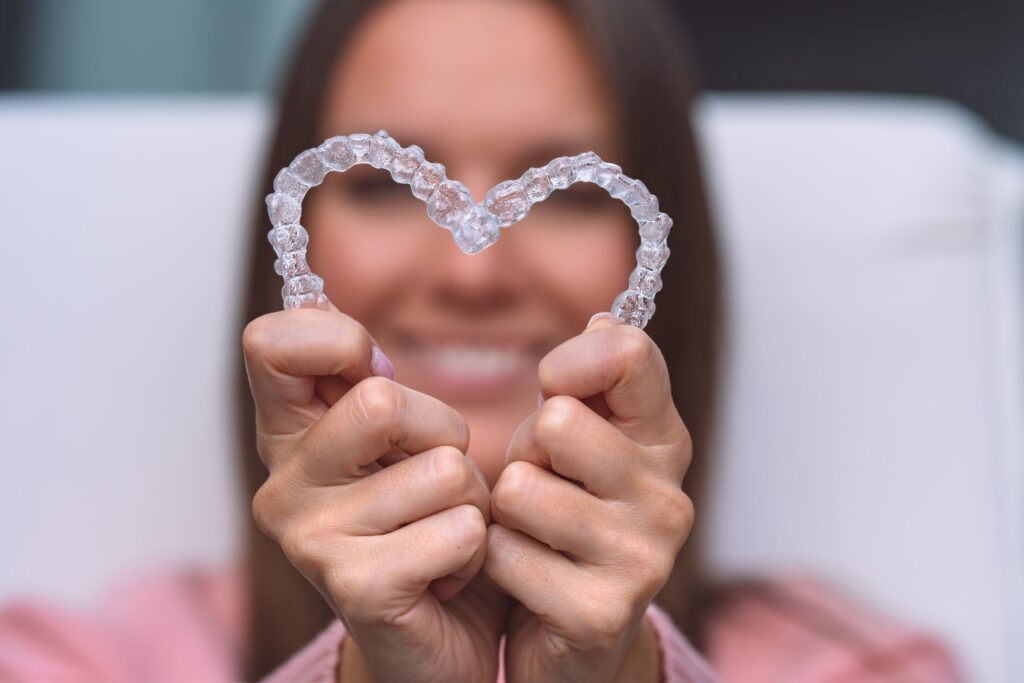
Traditional orthodontics are the tried-and-true method for straightening smiles and have a long history of success. But if it’s been a while since you completed treatment, you may have noticed that your teeth have begun shifting back to their misaligned positions.
Fortunately, Invisalign can be used to address minor concerns, such as slightly gapped or overcrowded teeth. However, you may wonder whether you’re a good candidate for this treatment if you’ve had standard braces in the past. Continue reading to learn more about why you might still benefit from this service!
Why Did My Teeth Shift After Braces?
Many people think of their teeth as solid, immovable mounds in their mouths, but the truth is that they’re held in place by different muscles, ligaments, and tissues that all contain a certain capacity for movement. As a result, orthodontic treatments that exert enough pressure can shift their positions.
But that also means your pearly whites have a muscle memory and are prone to returning to their starting places after they’ve been straightened. Most providers recommend wearing a retainer following your orthodontic service to help prevent this. These oral appliances don’t actually move your teeth, but they ensure they remain in the corrected positions long enough for your mouth to acclimate to the changes.
How Does Invisalign Work?
Unlike braces, which utilize metallic brackets and wires to reposition your grin, Invisalign relies on more comfortable transparent plastic trays. These clear trays are customized to fit snugly over your arches in order to gently move your teeth over a designated period. However, because they’re removable, you must wear them for 20 to 22 hours daily to keep your pearly whites from trying to migrate back to their points of origin.
Then, after a week or two, you’ll be instructed to switch to the next set in your series to account for the ongoing movement of your teeth.
Can I Get Invisalign After Having Braces?
Are you curious whether you can get Invisalign if you had braces in the past? You might worry that undergoing previous orthodontics might preclude you from this popular service, but thankfully, that’s not usually the case!
Your dentist can provide you with transparent trays regardless of your history with previous treatments, but that doesn’t automatically mean you’re a good candidate. Before proceeding, you must consult them to ensure no pre-existing problems, such as cavities or gum disease, interfere with the results. They’ll also examine your current condition to determine whether clear trays are the best way to help you achieve your smile goals.
If you have additional questions about getting Invisalign after braces, your dentist can provide more accurate information that takes your unique circumstances into account!
Meet the Author
Dr. Mohannad Abboushi is committed to helping families in Bloomfield improve their lives by enhancing their dental health. He earned his dental degree from the New York University, and today, is certified in additional topics like ABLS laser therapy, placing dental implants, and Invisalign. His caring and compassionate approach is combined with state-of-the-art technology to improve patient comfort while he provides accurate treatment results intended to last. If you’d like a straighter smile, you can request a consultation on the website or call (973) 358-7277.
